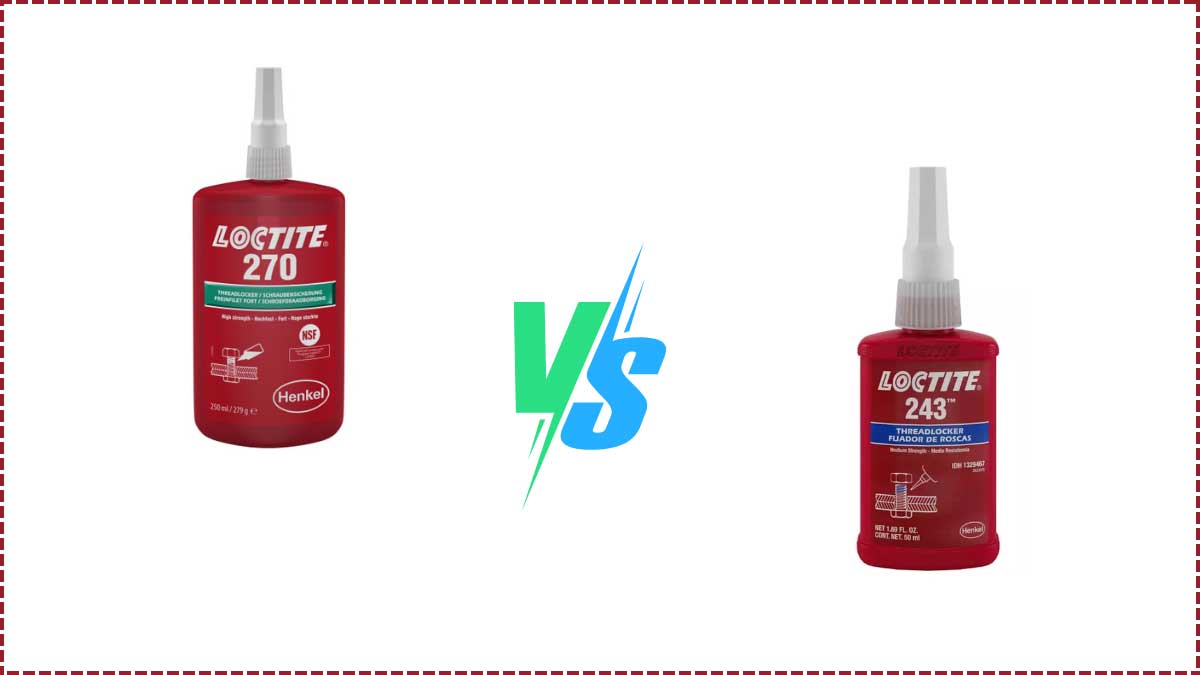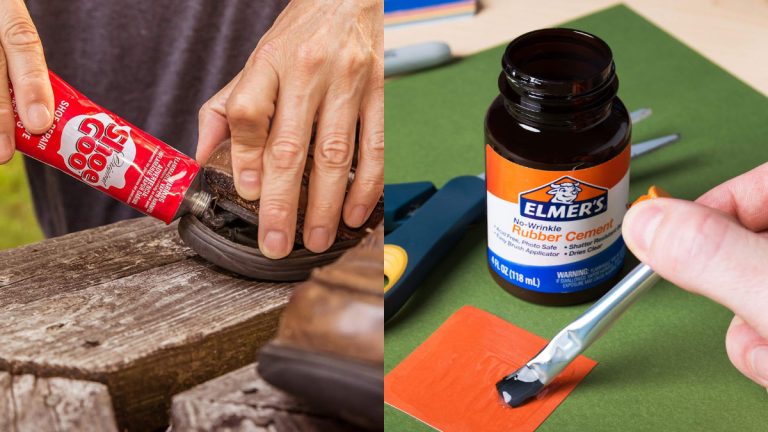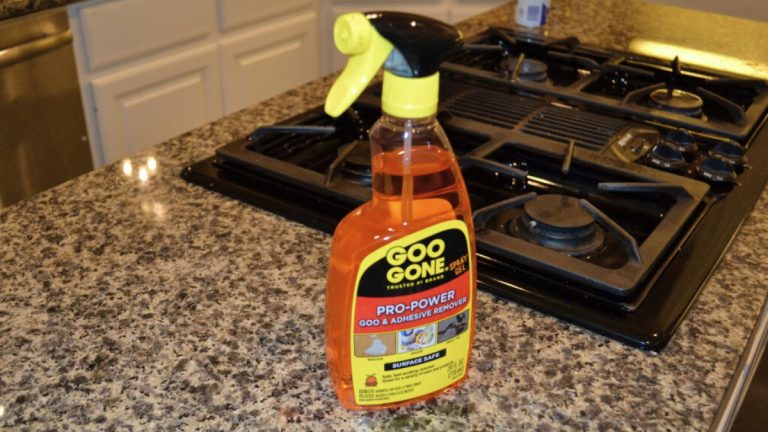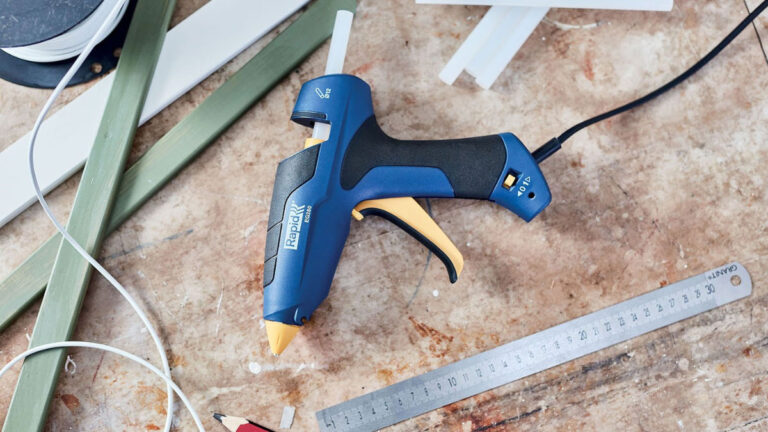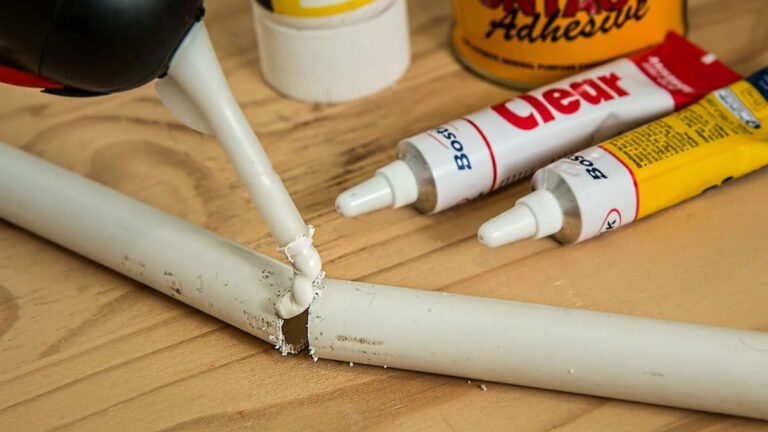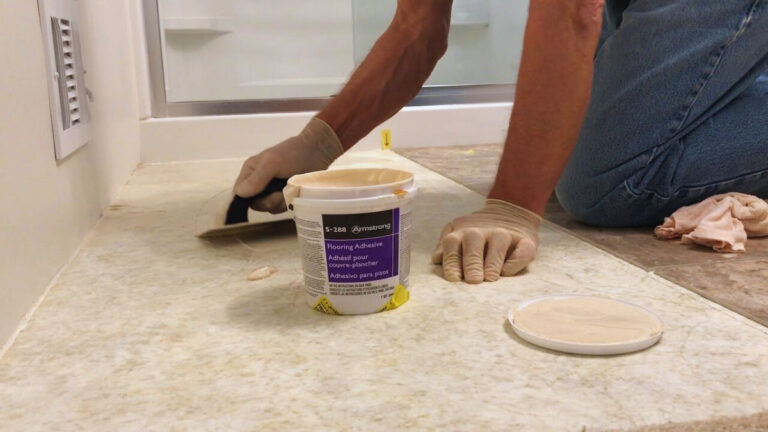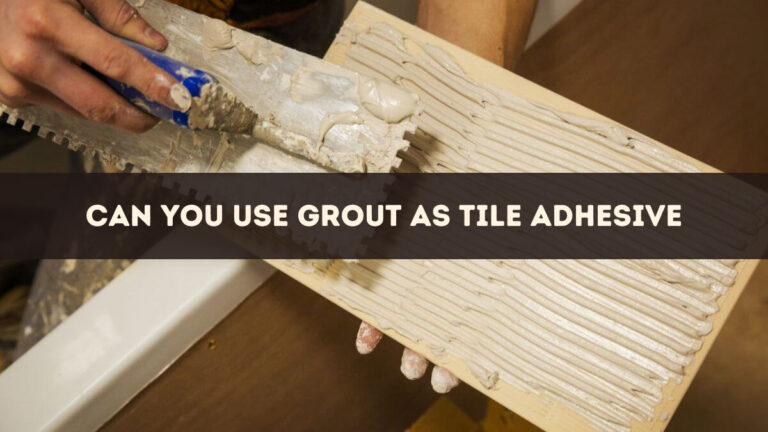Green Loctite vs Blue: Choosing the Right Threadlocker
Choosing the right threadlocker can make all the difference in your DIY projects or professional repairs. When it comes to Loctite, two popular options often come to mind: green and blue. Each has unique properties and applications, making it essential to understand which one suits your needs best.
Green Loctite offers strong bonding for pre-assembled fasteners, while blue Loctite provides medium strength and is ideal for bolts that might need future adjustments. Knowing the differences can save you time and prevent potential mishaps. Immerse to discover which Loctite color will keep your projects secure and hassle-free.
Key Takeaways
- Choice of Threadlocker: Green Loctite and Blue Loctite serve different purposes; green offers high-strength, permanent fastening, while blue provides medium-strength, serviceable fastening.
- Green Loctite Applications: Ideal for pre-assembled fasteners in high-vibration environments like automotive components, industrial machinery, and electronics.
- Blue Loctite Applications: Best for situations where fasteners might need periodic adjustments, such as gearboxes, mounting tools, and general-purpose fastening.
- Strength and Removability: Green Loctite forms a permanent bond requiring special heat and chemicals for removal, whereas Blue Loctite allows disassembly with standard hand tools and high torque.
- Cure Times: Blue Loctite fully cures in 24 hours, while Green Loctite’s cure time varies based on the environment.
Green Threadlocker
Green Loctite, also known as green threadlocker, is a high-strength adhesive designed to secure fasteners in high-vibration environments. Its unique formulation allows it to provide permanent adhesion, making it ideal for maintaining the integrity of preassembled components.
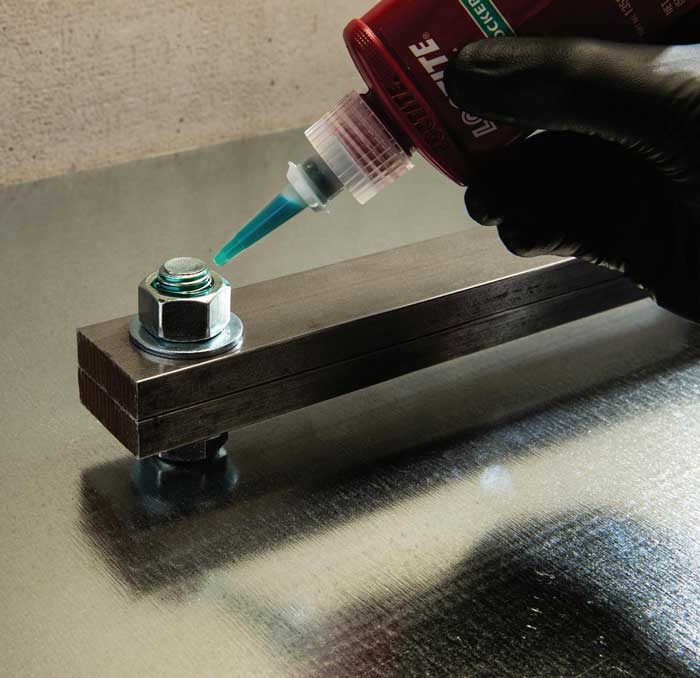
Key Features
-
High Strength Wicking:
- Definition: Green Loctite is engineered with low viscosity and capillary action, which enables it to permeate between engaged threads.
- Benefit: This allows application without disassembling preassembled fasteners, reducing downtime and labor.
-
Permanent Adhesion:
- Definition: Once applied, green Loctite forms a bond that cannot be undone with standard torque alone.
- Benefit: Fasteners secured with green Loctite remain in place under extreme conditions, requiring special heat and chemicals for removal.
Typical Applications
Green Loctite is essential in scenarios demanding robust, permanent fastening:
- Automotive Components:
- Used on bolts and screws in engines, transmissions, and suspension systems where high vibration occurs.
- Industrial Equipment:
- Suitable for machinery subject to constant movement or heavy loads.
- Electronics:
- Ideal for components where vibration could impair electronic connections.
| Property | Green Loctite |
|---|---|
| Adhesion Strength | High |
| Viscosity | Low |
| Removal Method | Requires heat and special chemicals |
When applied, green Loctite ensures a permanent seal, vastly enhancing the durability and reliability of the fastened components.
Blue Threadlocker
Choosing the right threadlocker is essential for maintaining the longevity and reliability of your projects. Blue threadlocker, known for its medium strength and versatility, offers several advantages across various applications.
Key Features
- Medium Strength: Provides a balance of adhesion and disassembly.
- Metal Compatibility: Suitable for all metal threading.
- Disassembly Options: Can be taken apart with hand tools. Special chemicals or heat simplify the process.
- Full Cure Time: Takes 24 hours to fully cure.
Typical Applications
Blue threadlocker is widely used for general-purpose fastening. It’s effective for fasteners up to 20mm and is a go-to solution for:
- Gearboxes: Keeps the internal components secure.
- Mounting Tools: Ensures tools stay firmly attached.
- Machine Tools: Prevents nuts and bolts from loosening during operation.
- Pumps and Compressors: Maintains the integrity of joined parts in high-vibration environments.
- Motorized Equipment: Ideal for motorized and nonmotorized parts that need occasional servicing, such as oil pans and water pumps.
- Bicycles and Furniture: Useful for maintenance and assembly.
Strength and Removal
Blue threadlocker’s medium strength allows for easier disassembly with high torque. This makes it suitable for applications where future adjustments are anticipated. You can remove it with common tools, adding to its versatility.
| Feature | Blue Threadlocker | Green Threadlocker |
|---|---|---|
| Strength | Medium | High |
| Adhesion | Temporary | Permanent |
| Disassembly | Hand tools, chemicals, heat | Requires destructive methods |
| Typical Fastener Size | Up to 20mm | Various |
| Cure Time | 24 hours | Varies |
Blue threadlocker provides a reliable solution if you’re looking for a balance between secure fastening and the option for future adjustments. Its medium strength and general-purpose suitability make it an excellent choice for various applications.
Green Loctite Vs Blue Loctite
Choosing the right threadlocker for your project can significantly impact the performance and durability of fastened components. Green Loctite and blue Loctite threadlockers are two popular choices, each with distinct properties and use cases.
Performance Comparison
Performance characteristics vary significantly between green Loctite and blue Loctite.
Green Loctite:
- Adhesion Strength: Provides high-strength, permanent adhesion using a wicking process ideal for preassembled fasteners.
- Removability: Cannot be removed with standard torque. Requires a combination of special heat and chemicals for disassembly.
- Application: Suitable for environments with high vibration. Its low viscosity allows penetration into preassembled fasteners.
Blue Loctite:
- Adhesion Strength: Offers medium-strength adhesion, allowing for easier removal compared to green Loctite.
- Removability: Can be disassembled with hand tools, using high torque or the application of heat and chemicals.
- Application: Ideal for applications needing occasional servicing, fully curing in 24 hours, and compatible with fasteners up to 20mm.
Best Use Cases
Understanding the optimal use cases for green and blue Loctite helps ensure the best outcomes for your specific project needs.
Green Loctite:
- High Vibration Applications: Designed for fasteners exposed to persistent vibration.
- Preassembled Fasteners: Uses capillary action to secure oil-coated and preassembled fasteners without disassembly.
- Permanent Fastening: Ideal for automotive components, industrial equipment, and electronics where disassembly isn’t planned.
Blue Loctite:
- Serviceable Fasteners: Suitable for bolts and screws that may require future adjustments.
- Versatile Applications: Compatible with all metal threading, making it effective in a variety of industries.
- Common Uses: Gearboxes, mounting tools, pumps, compressors, bicycles, and furniture.
| Feature | Green Loctite | Blue Loctite |
|---|---|---|
| Adhesion Strength | High | Medium |
| Removability | Special heat & chemicals | Hand tools, heat & chemicals |
| Primary Applications | High vibration areas | Applications needing service |
| Suitable Fastener Size | Preassembled fasteners | Up to 20mm |
| Cure Time | Varies by environment | 24 hours |
Making an informed choice between green and blue Loctite ensures that your fastened components meet the performance and serviceability requirements of your project.
How to Choose the Right Threadlocker
Choosing the proper threadlocker for your project ensures optimal performance and longevity. Whether you’re securing automotive components or assembling furniture, understanding the distinct properties of green and blue Loctite simplifies the selection process.
Key Terms
Threadlocker: Adhesive used to prevent threaded fasteners from loosening due to vibrations or forces.
Medium-Strength (Blue Loctite): Provides sufficient hold for fasteners requiring periodic disassembly.
High-Strength (Green Loctite): Offers robust adhesion for pre-assembled, high-vibration applications, making disassembly difficult without special tools or heat.
Selecting Based on Strength and Removability
-
Blue Loctite
- Strength: Medium
- Removability: Can be disassembled using standard hand tools
- Applications: Suitable for scenarios where fasteners might need adjustments or servicing. Examples: bolts on small engines, swing sets, furniture
-
Green Loctite
- Strength: High
- Removability: Requires heat or special chemicals to disassemble
- Applications: Ideal for preassembled fasteners in high-vibration environments. Examples: automotive components, industrial equipment, electronics
Application Recommendations
-
Blue Loctite
- Use on metal fasteners that require occasional disassembly.
- Apply to clean, dry parts for best results.
- Takes 24 hours to cure.
- Examples: gearboxes, mounting tools, machine tools, pumps, compressors, bicycles
-
Green Loctite
- Use for preassembled fasteners that experience vibrations.
- Penetrates threads due to its wicking properties.
- Enables reduction in downtime.
- Examples: automotive parts, industrial setups, electronic components
Comparing Adhesion Strength and Use Cases
| Product | Strength | Removability | Best For |
|---|---|---|---|
| Blue Loctite | Medium | Standard hand tools | Gearboxes, furniture, small engines |
| Green Loctite | High | Heat or chemicals | Automotive components, industrial equipment |
Action Points
Evaluate your project’s requirements for strength, removability, and specific application. Choose blue Loctite for scenarios needing medium strength and easy disassembly; opt for green Loctite for high-strength, permanent solutions.
Conclusion
Choosing between green and blue Loctite depends on your project’s specific needs. Green Loctite offers high-strength, permanent bonds ideal for high-vibration environments and pre-assembled fasteners. Its ability to penetrate engaged threads without disassembly makes it a robust choice for automotive and industrial applications.
On the other hand, blue Loctite provides medium-strength adhesion that’s easy to disassemble with hand tools. It’s perfect for applications where future adjustments are necessary, such as gearboxes, mounting tools, and bicycles.
By understanding the strengths and best use cases for each type, you can ensure your fastened components meet the performance and serviceability requirements of your projects. Whether you need a permanent bond or a versatile, adjustable solution, Loctite has you covered.
Frequently Asked Questions
How long does green Loctite take to set?
Green Loctite sets in about 10 minutes and fully cures in 24 hours. Its low viscosity allows it to penetrate into engaged threads, forming a strong, permanent bond.
Which Loctite is weaker?
Blue Loctite is weaker compared to green Loctite. It provides medium-strength adhesion, making it suitable for fasteners that may need future adjustments or disassembly.
Can you use too much blue Loctite?
Yes, using too much blue Loctite can cause it to spread beyond the desired area, potentially leading to issues. A minimal amount is sufficient to create a strong bond between threads.
What is the weakest color of Loctite?
Purple Loctite is considered the weakest, providing low-strength adhesion. It is ideal for small fasteners up to 6mm in diameter.
What do the colors of Loctite mean?
The colors of Loctite indicate their strength and removability. Blue Loctite offers medium strength and can be removed with hand tools, while green Loctite provides high-strength, permanent adhesion suited for high-vibration environments and pre-assembled fasteners.

